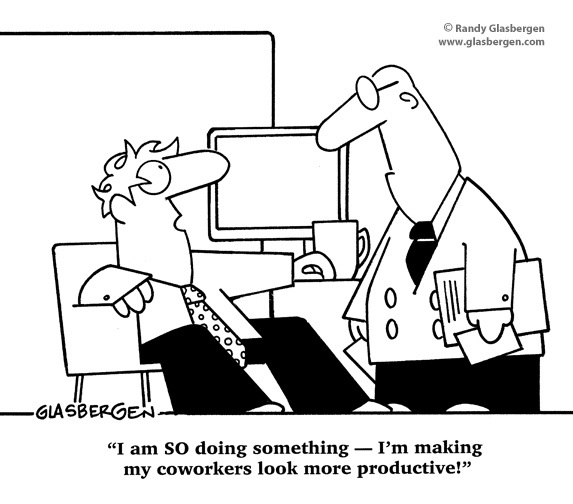SHARED FROM
(SHORT
NOTES FROM STRATEGY TOOLS:
Manufacturing
and Operations at http://www.mindtools.com)

Lean Manufacturing
Lean Manufacturing can help you to
simplify and organize your working environment so that waste can be reduced,
and able to keep people, equipment, and workspace responsive to what's needed
right now. Lean manufacturing is based
on finding efficiencies and removing wasteful steps that don't add value to the
end product. The cuts are a result of
finding better, more efficient ways of accomplishing the same tasks.
Waste is anything that doesn't add value
to the end product. In Lean
Manufacturing, there are eight categories* of waste that should be monitored:
1.
Overproduction – producing more than
consumers demand
2.
Waiting – the lag time is between
production steps
3.
Inventory (work in progress) –supply
levels and work in progress inventories are too high
4.
Transportation – move materials
efficiently
5.
Over-processing –work on the product too
many times, or otherwise work inefficiently
6.
Motion – people and equipment move
between tasks efficiently
7.
Defects –time spend finding and fixing
production mistakes
8.
Workforce –use workers efficiently
Lean Manufacturing gives priority to
simple, small, and continuous improvement such as changing the placement of a
tool, or putting two workstations closer together. These small improvements when added together
can lead to a higher level of efficiency.
|
The Lean Manufacturing process
|
|
|
Stage 1 – Identify Waste
|
|
|
Stage 2 – Analyze
the Waste, and Find the Root Cause
|
|
|
Stage 3 – Solve the Root Cause, and Repeat the Cycle
|
|

|
TOOLS TO REDUCE WASTE
|
|
|
Just in Time
|
|
|
Kanban
|
|
|
Zero Defects
|
|
|
Single Minute Exchange of Die (SMED)
|
|
|
The 5S Philosophy
|
|
|
|
|
|
|
|

No comments:
Post a Comment